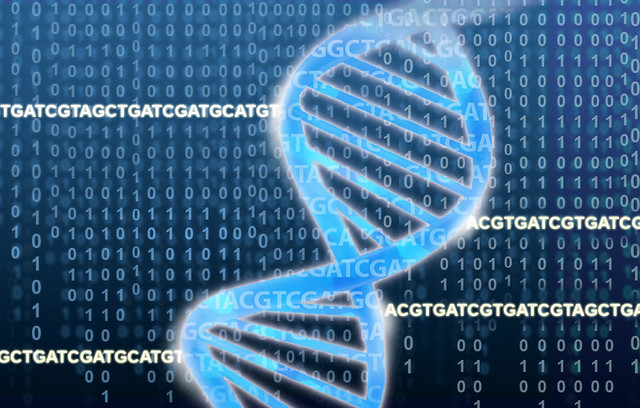A Nonprofit Wants Your DNA Data to Solve Crimes
By Emily Mullin,
Wired
| 03. 23. 2023
THE 2018 ARREST of Joseph James DeAngelo, infamously known as the Golden State Killer, put genetic genealogy on the map. Investigators created a DNA profile of DeAngelo using crime scene evidence, and uploaded it to a public genealogy database people use to find relatives. From there, police were able to identify DeAngelo’s distant genetic connections and, using public records, build out a family tree to eventually zero in on him.
It was the first publicized instance of genetic genealogy being used to identify the perpetrator of a violent crime. By one estimate, more than 500 murders and rapes have been solved with the technique in the years since. And those are just the ones that have been announced by law enforcement agencies. Although it’s mainly been a tool for cracking years-old cold cases, genetic genealogy was recently used by police to arrest Bryan Kohberger for the November 2022 murders of four college students at the University of Idaho. (Kohberger has been charged but has not yet entered a plea.)
But the technique is controversial because it relies on commercial...
Related Articles
By Josie Ensor, The Times | 12.09.2025
A fertility start-up that promises to screen embryos to give would-be parents their “best baby” has come under fire for a “misuse of science”.
Nucleus Genomics describes its mission as “IVF for genetic optimisation”, offering advanced embryo testing that allows...
By Hannah Devlin, The Guardian | 12.06.2025
Couples undergoing IVF in the UK are exploiting an apparent legal loophole to rank their embryos based on genetic predictions of IQ, height and health, the Guardian has learned.
The controversial screening technique, which scores embryos based on their DNA...
By Frankie Fattorini, Pharmaceutical Technology | 12.02.2025
Próspera, a charter city on Roatán island in Honduras, hosts two biotechs working to combat ageing through gene therapy, as the organisation behind the city advertises its “flexible” regulatory jurisdiction to attract more developers.
In 2021, Minicircle set up a...
By Vardit Ravitsky, The Hastings Center | 12.04.2025
Embryo testing is advancing fast—but how far is too far? How and where do we draw the line between preventing disease and selecting for “desirable” traits? What are the ethical implications for parents, children, clinicians, and society at large? These...




